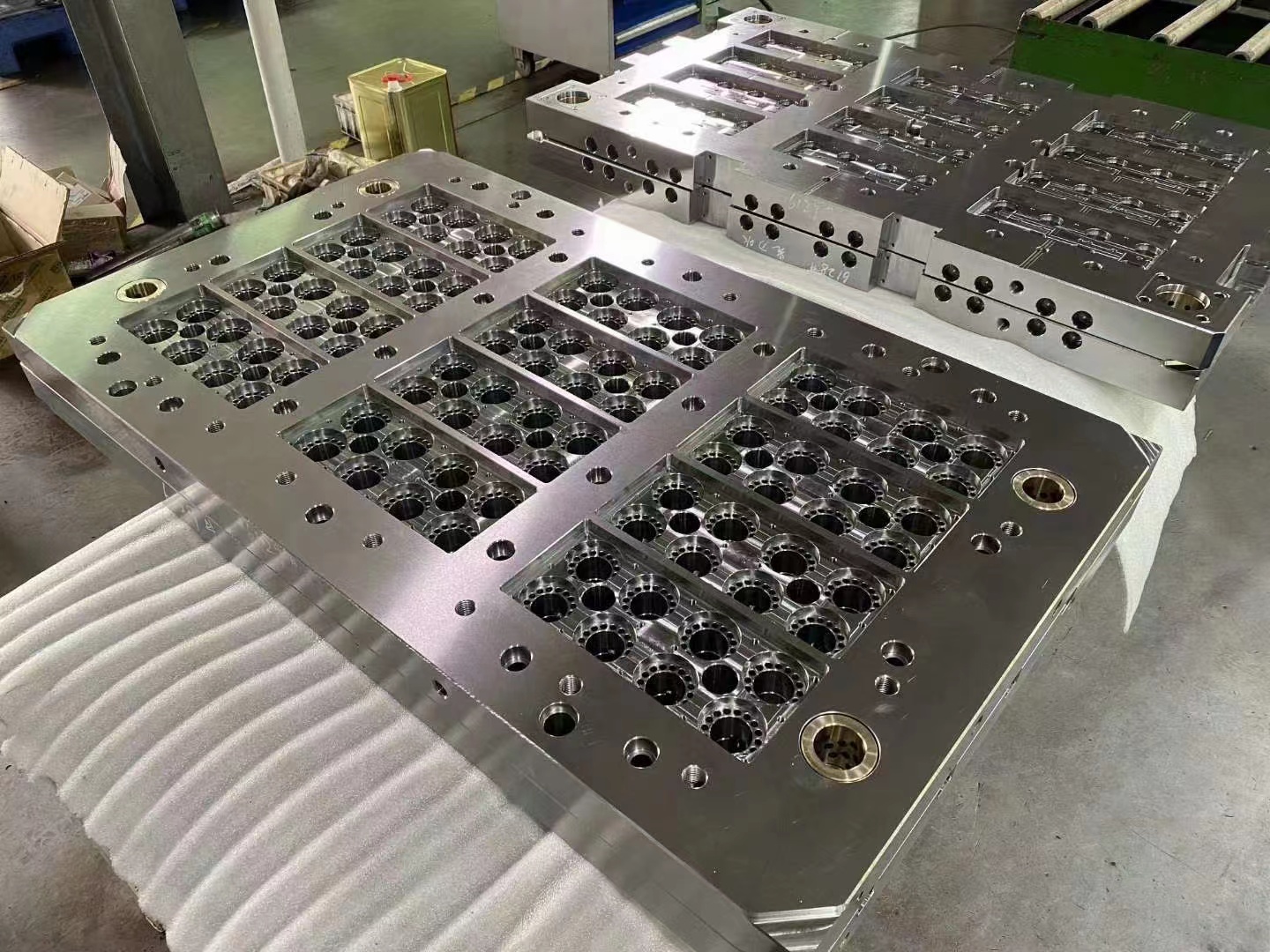The Importance of Accurate Die Base Alignment
What is Die Base Alignment?
Die base alignment is a crucial process in the manufacturing industry, particularly in the field of stamping and forming. It refers to the accurate positioning of dies, which are specialized tools used to cut or shape materials. Proper alignment ensures that the dies work effectively, producing high-quality products. When dies are not aligned correctly, it can lead to various production issues, such as:
- Inaccurate cuts and shapes
- Increased wear on tools
- Higher production costs
- Product defects
- Extended machine downtime
Why Accurate Alignment is Essential
Accurate die base alignment plays a vital role in the overall effectiveness of the manufacturing process. Here are some reasons why it is essential:
1. Improved Quality of Products
When dies are properly aligned, they can create products that meet precise specifications. This leads to higher quality, which is essential for customer satisfaction. Poor alignment can result in uneven or flawed products that may require rework or scrap, increasing costs and reducing profitability.
2. Increased Efficiency
When the die bases are aligned correctly, the manufacturing process becomes smoother and more efficient. Machines can operate at optimal speeds, reducing cycle times and improving productivity. In contrast, misalignment can lead to machine jams and increased cycle times, affecting overall output.
3. Lower Operating Costs
Proper alignment reduces the need for repairs and maintenance of machinery and tools. When dies are aligned correctly, wear and tear on tools are minimized, extending their lifespan. This can significantly lower operating costs and enhance profitability for manufacturers.
4. Safety Improvements
Misaligned dies can pose safety risks to workers. Inaccurate placements can lead to unexpected movements or tool failures, which may result in workplace accidents. By ensuring proper alignment, manufacturers can create a safer work environment for their employees.
Steps for Achieving Accurate Die Base Alignment
To ensure accurate die base alignment, manufacturers should follow these steps:
- Initial Setup: Begin by securing the die in place. Ensure that all machine components are clean and free from debris.
- Use Calibration Tools: Utilize tools such as dial indicators and laser alignment systems to assess the alignment of the die bases.
- Adjust as Necessary: Make necessary adjustments based on the calibration results. Be sure to check for any movement after making adjustments.
- Conduct Test Runs: Run a test cycle to check for consistency and precision in the output. Make further adjustments if needed.
- Document Alignment Procedures: Keep records of alignment settings and procedures for future reference to streamline the process.
Common Challenges in Die Base Alignment
Achieving accurate die base alignment can come with its challenges, such as:
- Variation in machine wear and tear
- Inconsistent operator techniques
- Environmental factors such as temperature and humidity
- Miscalculation of measurements
Conclusion
In conclusion, accurate die base alignment is a fundamental aspect of manufacturing that can significantly impact product quality, efficiency, and safety. By ensuring that die bases are properly aligned, manufacturers can minimize costs, improve productivity, and maintain a safer work environment. Implementing systematic alignment procedures and addressing common challenges will lead to better overall outcomes in the manufacturing process. For manufacturers in Indonesia and beyond, understanding and prioritizing die base alignment is key to achieving success in a competitive industry.

